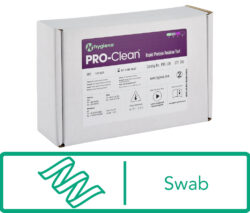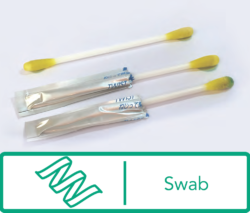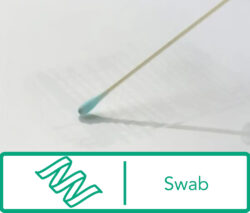Using general protein tests, like AllerSnap®, can be so important for food production and allergen safety plans.
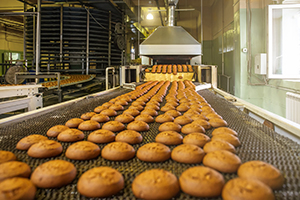
Over the past twenty years, allergen management for American food and beverage manufacturers has shifted. What used to be optional and unregulated is now mandatory and monitored. Along the way, food manufacturers have built a wealth of experience in managing and preventing allergen cross-contact. There is no shortage of information available online for any quality control team who wishes to learn more about creating and maintaining a good allergen management plan. However:
Allergens remain a top cause of food recalls. These recalls are often attributed to incorrect packaging or labeling errors. For the most part, manufacturers are doing a good job of minimizing the risk of trace amounts of common allergens.
And what tools are manufacturers using to keep their products both safe and FSMA-compliant? One important tool is a general protein swab. Protein swabs are quick, simple, and inexpensive — and they can provide an early warning alarm that something isn’t quite right.
An onsite protein swab serves as a verification point, confirming that your team did (or did not) clean the surface in question. The rapid results allow your team to react early and quickly to any lapse in cleaning. While the protein swabs cannot clarify which protein or proteins are present on the surface, a failing result is a clear indication of improper materials handling or incomplete cleaning.
Protein swabs can also be useful in cases where there are multiple allergens present, or allergens that rarely have their own specific rapid test. For example, less-common tree nuts like hickory or pine nut must be as carefully managed as almond or hazelnut — but there are fewer rapid test methods available.
Frequent and regular testing with a protein swab like AllerSnap® confirms that cleaning procedures are removing allergen residues. These protein swabs do not replace the need for specific-allergen testing via ELISA or LFD, but they can increase facility safety while also managing costs.
Easy to use and program
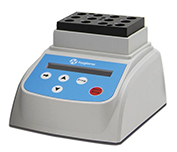 Ask us about the part the incubator plays in conducting AllerSnap swab tests.
Ask us about the part the incubator plays in conducting AllerSnap swab tests. How does AllerSnap™ work?
Most allergens are glycoproteins and can be detected by protein tests. AllerSnap™ uses the biuret method, which is a broad spectrum monitoring method primarily used to verify your cleaning SOP. The test is easy: swab the testing area and snap the bulb to release a reagent. Incubate the swab for 5-30 minutes then match the color to the chart: green means clean and purple means re-clean.
Note: the incubator is a necessary piece of equipment; the tests cannot by conducted without it. If an incubator is not practical, less-sensitive alternatives such as PRO-Clean™ may be suitable.
-
Sale! Hygiena PRO-Clean™ Rapid Protein Residue Test – 4/2026 expiry
$250.00Original price was: $250.00.$200.00Current price is: $200.00. Add to cart

